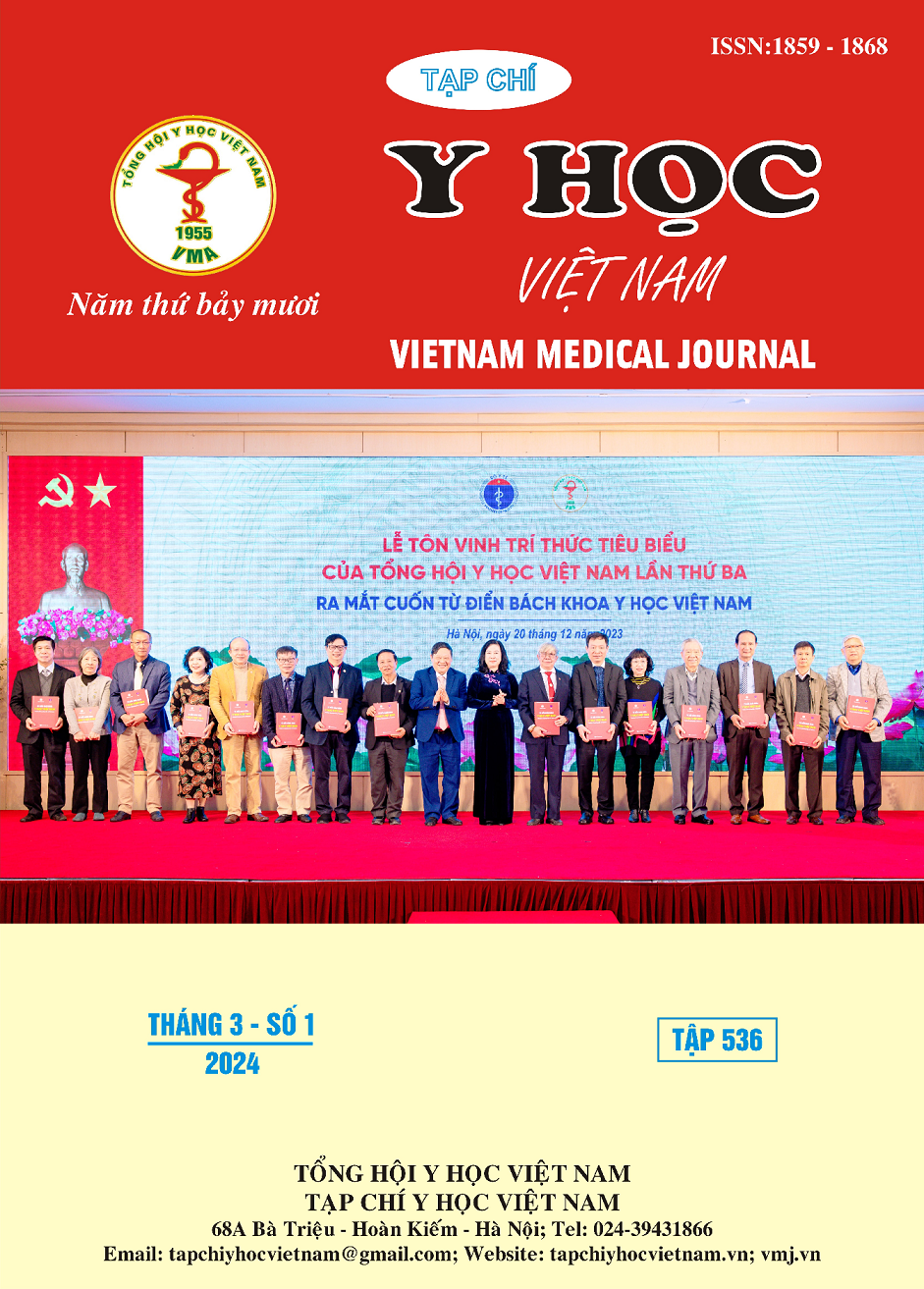THE CALIBRATION OF ESOPHAGEAL PRESSURE MEASUREMENT IN ACUTE RESPIRATORY DISTRESS SYNDROME PATIENTS
Main Article Content
Abstract
Background: The placement of an esophageal balloon catheter in Acute Respiratory Distress Syndrome (ARDS) patients has many clinical applications. To ensure accuracy parameters, a standardized and calibrated procedure was required. Objectives: To identify the characteristics of an occlusion test method by correcting the position and volume of the balloon. Accordingly, the development of a procedural protocol for placing an esophageal balloon catheter. Methods: A prospective observational study was conducted. The inclusion criteria were patients diagnosed with moderate to severe ARDS according to the Berlin 2012 criteria admitted to the Intensive Care Unit from November 2021 to December 2023. Results: A total of 46 patients were included in the study. The median number of times an esophageal balloon catheter was placed was 1 (Interquartile Range[IQR] 1 – 1.5), with a maximum of 4 times. The median placement time was 5 (IQR 3 – 6) minutes. The median ΔPaw/ΔPes during occlusion tests was 0.93 (IQR 0.89 – 0.95). Conclusions: Esophageal balloon catheter placement in mechanically ventilated patients is feasible at the bedside. However, it was adjusted to place the balloon in the correct position and calibrated according to procedural protocols to minimize result errors.
Article Details
References
2. Sedhai YR, Yuan M, Ketcham SW, et al. Validating Measures of Disease Severity in Acute Respiratory Distress Syndrome. Ann Am Thorac Soc. 2021; 18(7): 1211-1218.
3. Ranieri VM, Rubenfeld GD, Thompson BT, et al. Acute respiratory distress syndrome: the Berlin Definition. Jama. 2012; 307(23): 2526-2533.
4. McNicholas BA, Madotto F, Pham T, et al. Demographics, management and outcome of women and men with Acute Respiratory Distress Syndrome in the LUNG SAFE prospective cohort study. European Respiratory Journal. 2019: 1900609.
5. Chinh LQ, Manabe T, Son DN, et al. Clinical epidemiology and mortality on patients with acute respiratory distress syndrome (ARDS) in Vietnam. PLoS One. 2019; 14(8): e0221114.
6. Beitler JR, Sarge T, Banner-Goodspeed VM, et al. Effect of Titrating Positive End-Expiratory Pressure (PEEP) With an Esophageal Pressure–Guided Strategy vs an Empirical High PEEP-Fio2 Strategy on Death and Days Free From Mechanical Ventilation Among Patients With Acute Respiratory Distress Syndrome: A Randomized Clinical Trial. JAMA. 2019; 321(9): 846-857.
7. Talmor D, Sarge T, Malhotra A, et al. Mechanical ventilation guided by esophageal pressure in acute lung injury. N Engl J Med. 2008; 359(20): 2095-2104.
8. Chen L, Grieco DL, Beloncle F, et al. Partition of respiratory mechanics in patients with acute respiratory distress syndrome and association with outcome: a multicentre clinical study. Intensive Care Medicine. 2022; 48(7): 888-898.
9. Baedorf Kassis E and Talmor D. Clinical application of esophageal manometry: how I do it. Critical Care. 2021; 25(1): 6.
10. Mezidi M, Daviet F, Chabert P, et al. Transpulmonary pressures in obese and non-obese COVID-19 ARDS. Ann Intensive Care. 2020; 10(1): 129.


